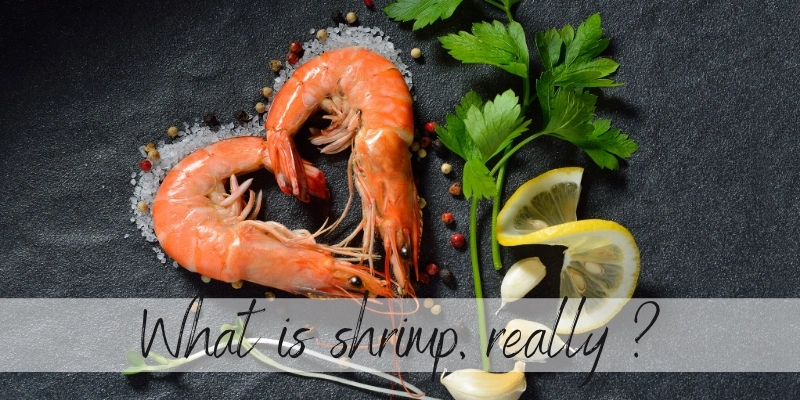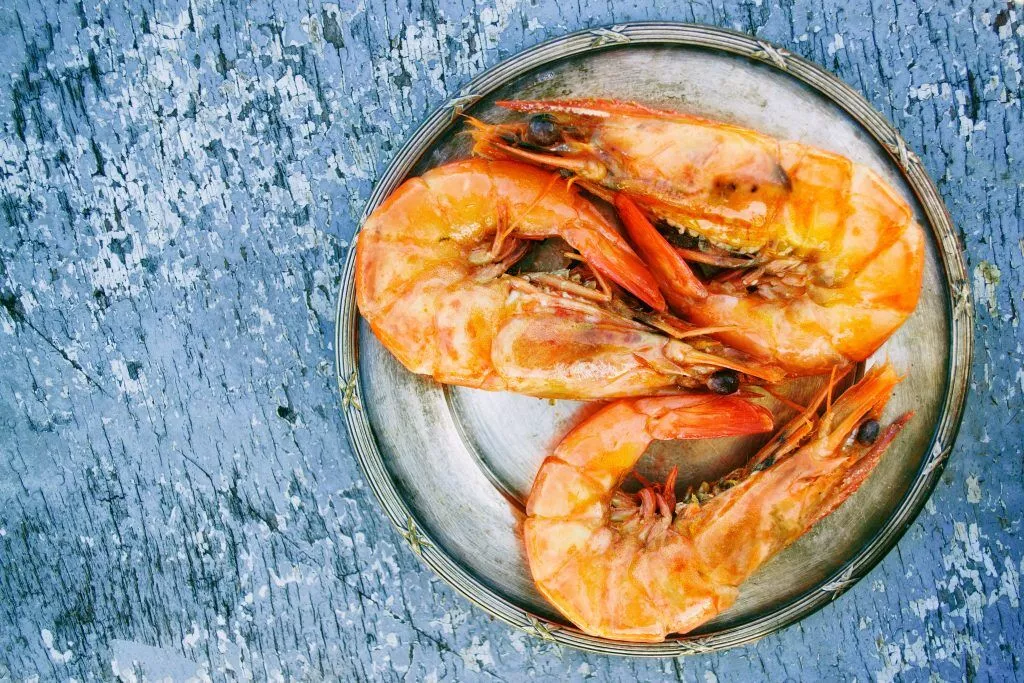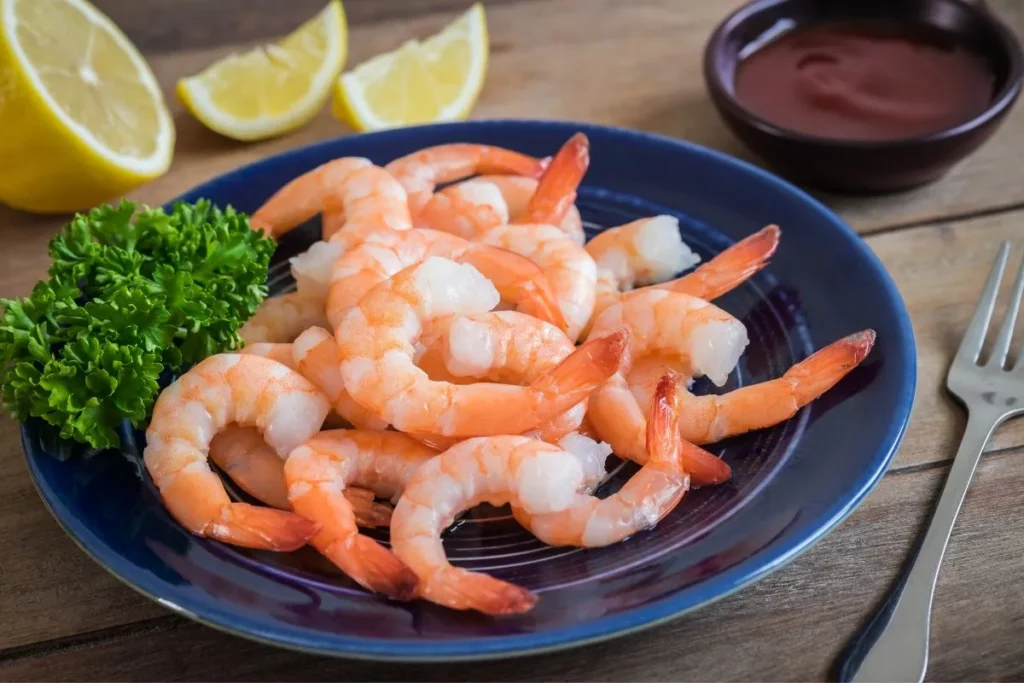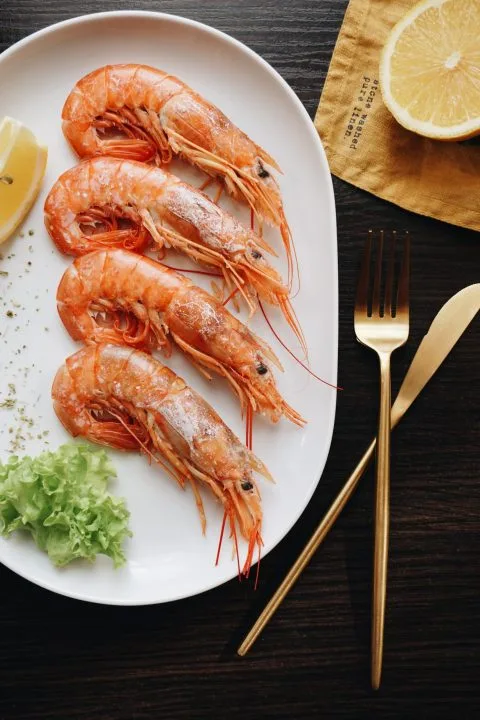Is shrimp meat? Unravel the truth behind the classification of shrimp as meat, explore its nutritional value, culinary uses, and common misconceptions in this comprehensive article. Satisfy your curiosity about shrimp and discover why it is considered a delectable seafood delicacy.
Table of Contents
ToggleIntroduction: The Enigma of Shrimp Meat
Shrimp, a delectable seafood delicacy, has puzzled many individuals when it comes to its classification. While some argue that shrimp is a type of meat, others contest this claim due to its unique characteristics. In this article, we delve into the question “Is shrimp meat?” to dispel the confusion and provide you with a well-rounded understanding of this popular crustacean. So, let’s dive into the deep sea of knowledge and explore the world of shrimp.
Is Shrimp Meat?

The simple answer to the question “Is shrimp meat?” is yes. Shrimp is indeed classified as meat, specifically seafood. Meat, in a broad sense, refers to animal flesh consumed as food. Shrimp falls under this definition as it is an edible creature harvested from water bodies.
Shrimp is a decapod crustacean and is part of the Arthropoda phylum. It belongs to the suborder Dendrobranchiata or Pleocyemata, depending on the classification system. These creatures are rich in protein and are widely consumed around the world due to their distinctive taste and versatility in culinary applications.
The Nutritional Value of Shrimp
Shrimp, being a type of meat, provides a wide array of essential nutrients. Here’s a breakdown of its nutritional composition per 100 grams:
- Calories: 84 kcal
- Protein: 18 grams
- Fat: 1 gram
- Carbohydrates: 0 grams
- Cholesterol: 166 mg
- Omega-3 Fatty Acids: 0.2 grams
In addition to these macronutrients, shrimp also contains various vitamins and minerals, including vitamin B12, vitamin D, selenium, and iodine. It is worth noting that the nutritional profile may vary slightly depending on the species of shrimp and its preparation method.
Culinary Uses of Shrimp
Shrimp is an incredibly versatile ingredient that lends itself to a myriad of culinary creations. Its delicate flavor and tender texture make it a favorite in various cuisines worldwide. Here are some popular ways in which shrimp is used in cooking:
- Shrimp Scampi: This classic Italian dish combines sautéed shrimp with garlic, butter, lemon juice, and white wine, resulting in a flavorful and aromatic dish.
- Shrimp Cocktail: A refreshing appetizer, shrimp cocktail features boiled or poached shrimp served chilled with a tangy cocktail sauce.
- Shrimp Stir-Fry: Shrimp adds a delightful seafood twist to stir-fries, complementing vegetables and savory sauces.
- Shrimp Pasta: Shrimp pairs beautifully with pasta, creating a delectable combination when tossed in creamy or tomato-based sauces.
- Shrimp Tacos: Grilled or fried shrimp tucked inside warm tortillas with vibrant toppings make for a scrumptious taco filling.
- Shrimp Curry: In many Asian cuisines, shrimp is a common ingredient in flavorful curries, providing a burst of umami.
Common Misconceptions about Shrimp
Despite being considered meat, shrimp has been subject to several misconceptions. Let’s address some of the most common ones:
1. Shrimp is a vegetable, right?
False. Shrimp is not a vegetable. It is a type of seafood, specifically a crustace
Conclusion: Unraveling the Truth about Shrimp Meat
After exploring the question “Is shrimp meat?” in-depth, we can confidently conclude that shrimp is indeed classified as meat, specifically seafood. While its unique characteristics as a decapod crustacean may lead to confusion, the definition of meat encompasses animal flesh consumed as food, and shrimp falls under this category.
Shrimp not only satisfies the criteria for meat but also offers a wealth of nutritional benefits. Packed with protein, vitamins, and minerals, shrimp is a nutritious addition to any diet. Its low calorie and carbohydrate content make it an excellent choice for individuals looking to maintain a balanced and healthy lifestyle.
Furthermore, shrimp’s versatility in culinary applications is undeniable. From scampi to stir-fries, shrimp adds a delicate flavor and tender texture to various dishes, making it a favorite ingredient in cuisines around the world.
Despite the clarity surrounding the classification of shrimp as meat, misconceptions still exist. It is crucial to dispel these misunderstandings and educate others about the true nature of this seafood delicacy.
In conclusion, whether you enjoy shrimp as part of a hearty meal or savor it in a light appetizer, you can relish its delectable taste while knowing that it falls under the category of meat. So go ahead and indulge in the wonders of shrimp, knowing that you are treating yourself to a flavorful and nutritious experience.



